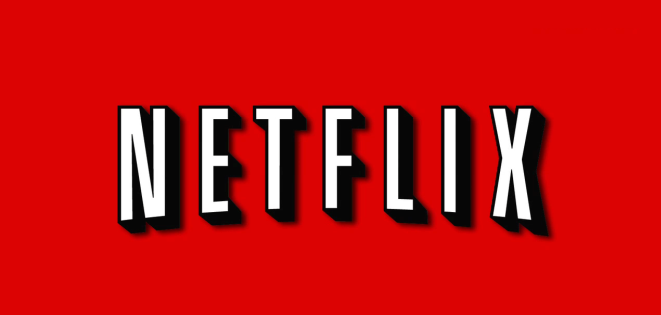Netflix’s rise to the top of the pile has made it synonymous with TV viewing to the extent its globe-trekking growth seems irrepressible.
The firm, founded in 1997 as a DVD mailing company, has pivoted from its roots, now delivering content directly to consumers across a plethora of devices. It’s meteoric rise, cemented by acquiring – or creating – those must-see shows which are now the staple of water-cooler discussions in atypical offices, has secured Netflix as a household name.
Original shows like House of Cards, Orange is the New Black, Daredevil and Marco Polo are mass consumed across the world – with Netflix aiming to be available in colossal 200 markets by 2016.
There are five factors behind this push.
- Its original, uninterrupted content
Simply put, Netflix creates premium content .
Detaching its shows from the week-to-week scrutiny of viewing figure peaks and troughs by releasing its series’ in bulk proved to be a masterclass.
Its shows are less susceptible to focus groups and viewer whims known to kill, dumb down or alter traditional TV content – empowering creators to see out their vision while taking criticism on-board for following series, it’s the bigger picture that counts – ‘how many people viewed the whole season?’
The shows focus on taking viewers to new environments, Orange is the New Black (a chaotic female prison), House of Cards (West Wing with bastards), and Lillehammer (Cosa Nostra in Norway…), Netflix also transferred the TV binge from physical media, such as DVD boxsets, to the digital realm.
Netflix’s viewers don’t have to wait a week for their favourite show (looking at you here HBO), seasons are often consumed in a single day – thus changing viewing habits.
High quality, ad free content, viewable across an array of devices at the convenience of viewers made Netflix the obvious choice for many.
- Widely accessible online worldwide
The streaming service is available in around 81 markets and territories, it’s easily accessed online, requiring only a subscription, a so-so broadband connection and a desktop, smartphone, tablet or smartTV device.
Underlining its dominance in the United States, Netflix accounted for over a third of downstream traffic during peak hours in the US in 2014. Meanwhile its nearest rival YouTube followed with just over 14 per cent of the market.
And it’s looking to replicate this model in the world’s biggest market,China, talking to potential partners, including Alibaba and Wasu Media Holding to distribute its shows to the country’s 4bn citizens – with the knowledge that Chinese audiences just can’t get enough of House of Cards.
- The ‘Netflix model’ is hurting traditional satellite TV providers
A basic Netflix subscription costs a mere £5.99 a month. It can be cancelled at a moment’s notice and can be accessed on-the-move.
It’s proving to be a major threat to Pay TV providers who have traditionally roped consumers into lengthy, cumbersome packages.
Many predict Netflix has delivered a killing blow to traditional TV broadcasting. Chief executive Reed Hastings famously said that “The age of broadcast TV will probably last until 2030,” adding it is “kind of like the horse, you know, the horse was good until we had the car”.
Just last month, Re/code analyst Michael Nathanson estimated that the 10bn hours of video streamed via Netflix last quarter may be responsible for the US networks’ 43 per cent ratings decline.
- It has a clear strategy to monetise pirates
As a disruptive force, a young Netflix had a lot to prove to get TV pirates to part with their cash.
Back in 2013, the firm admitted it uses sites like the Pirate Bay to determine what content is popular and worth licensing from developers and producers.
Rather than condemning those illegally downloading their favourite shows, Netflix head Hastings famously said can “create the demand” for content, instead marketing the firm as an easier alternative to torrent sites.
He said: “Netflix is so much easier than torrenting. You don’t have to deal with files, you don’t have to download them and move them around. You just click and watch.”
- It wants to make its content global
Much like House of Card’s Frank Underwood, Netflix is plotting world domination.
Currently, Netflix licences its content geographically, meaning what’s available in one market could still be restricted in another. As a result, tens of millions of viewers regularly use VPNs and proxy networks to bluff their web addresses to open up new content libraries, especially in nations where Netflix hasn’t launched.
The company estimates that it has over 30m paid subscribers in regions in non-Netflix regions, with an estimated 20 million coming from China.
Hastings said: “The basic solution is for Netflix to get global and have its content be the same all around the world so there’s no incentive to [use a VPN].”
Increasingly, users will no longer have to access VPN’s to see top shows, Netflix is keen to remove that final hurdle. As the firm expands its geographical coverage and the reach of its content, it’s likely we won’t stop binging Netflix shows any time in the near future.

















